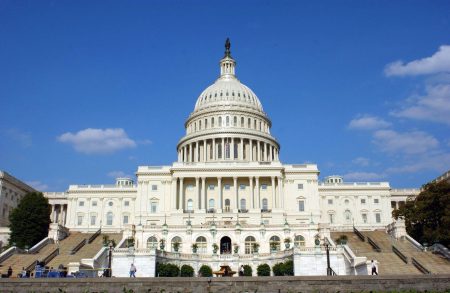The November 2024 Consumer Price Index (CPI) report revealed a slight acceleration in consumer inflation, raising questions about the Federal Reserve’s next policy move. While the headline CPI rose to 2.7% year-on-year from the previous 2.6%, core CPI, which excludes volatile food and energy prices, remained stubbornly high at 3.3%. Despite these elevated inflation figures, still above the Fed’s 2% target, market expectations for a 0.25% interest rate cut at the December 18th Federal Open Market Committee (FOMC) meeting surged following the CPI release. This seemingly paradoxical reaction underscores the complex interplay of economic factors currently influencing the Fed’s decision-making process.
The November CPI data presents a nuanced picture of inflationary pressures. While the year-on-year figures indicate persistent inflation, the month-on-month increases for both total and core CPI were a relatively modest 0.3%. Moreover, current inflation levels are significantly lower than those experienced a year ago, suggesting progress in the fight against rising prices. However, the persistence of core inflation above the target level continues to be a concern. Other inflation gauges, such as the Personal Consumption Expenditures (PCE) index, also point to inflation remaining above the Fed’s comfort zone.
The market’s strong conviction in a December rate cut, despite the elevated inflation figures, likely stems from growing concerns about a slowdown in the U.S. labor market. While inflation remains a key mandate for the Federal Reserve, maintaining maximum employment is equally important. Evidence of softening in the labor market may have tipped the scales in favor of a rate cut, prioritizing the support of economic growth over the immediate need to curb inflation. This suggests that the Fed is adopting a more balanced approach, acknowledging the potential risks of overtightening monetary policy in a weakening economic environment.
The market’s response to the CPI release was dramatic. Prior to the data release, the CME FedWatch Tool, a widely used indicator of market expectations for Fed policy, indicated an 87.8% probability of a 0.25% rate cut. Immediately after the release, this probability jumped to 96.7%, reflecting a near-certainty among market participants that the Fed will indeed lower rates. This surge in expectations underscores the market’s belief that the Fed is prioritizing labor market stability and economic growth over concerns about marginally elevated inflation.
The anticipated rate cut, if implemented, would support economic growth and potentially boost business activity and valuations. Lower interest rates generally stimulate economic activity by reducing borrowing costs for businesses and consumers. This, combined with easing inflation, could create a favorable environment for economic expansion. However, the Fed’s decision will not solely be based on the latest CPI data. The FOMC’s projections for future growth, inflation, unemployment, and interest rates, also to be released on December 18th, will provide crucial insights into the central bank’s overall policy trajectory. These projections are expected to signal further interest rate cuts in 2025 and 2026, reflecting the Fed’s commitment to supporting the economy through a period of potential slowdown.
The interplay between inflation, employment, and economic growth will be central to the Fed’s decision-making process. While the November CPI data suggests persistent inflationary pressures, the anticipated slowdown in the labor market is likely to be a more pressing concern for the Fed. The market’s overwhelming expectation of a rate cut reflects this assessment, anticipating that the Fed will prioritize supporting economic growth and employment over aggressively tackling inflation in the short term. The FOMC’s projections, alongside the policy decision, will provide a clearer picture of the Fed’s long-term strategy for navigating these complex economic crosscurrents. The market’s attention will be focused on these projections for clues about the pace and magnitude of future rate cuts, which will be crucial for shaping investment strategies and economic forecasts.










